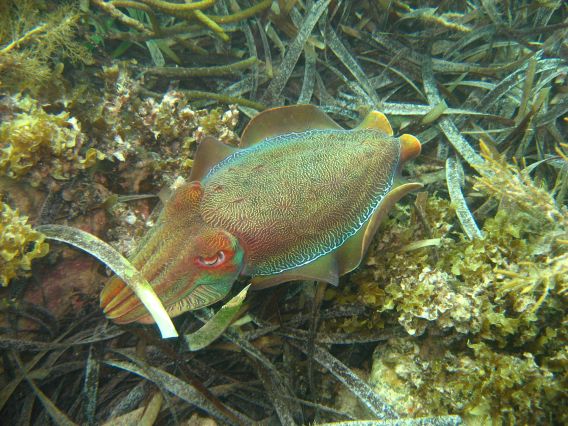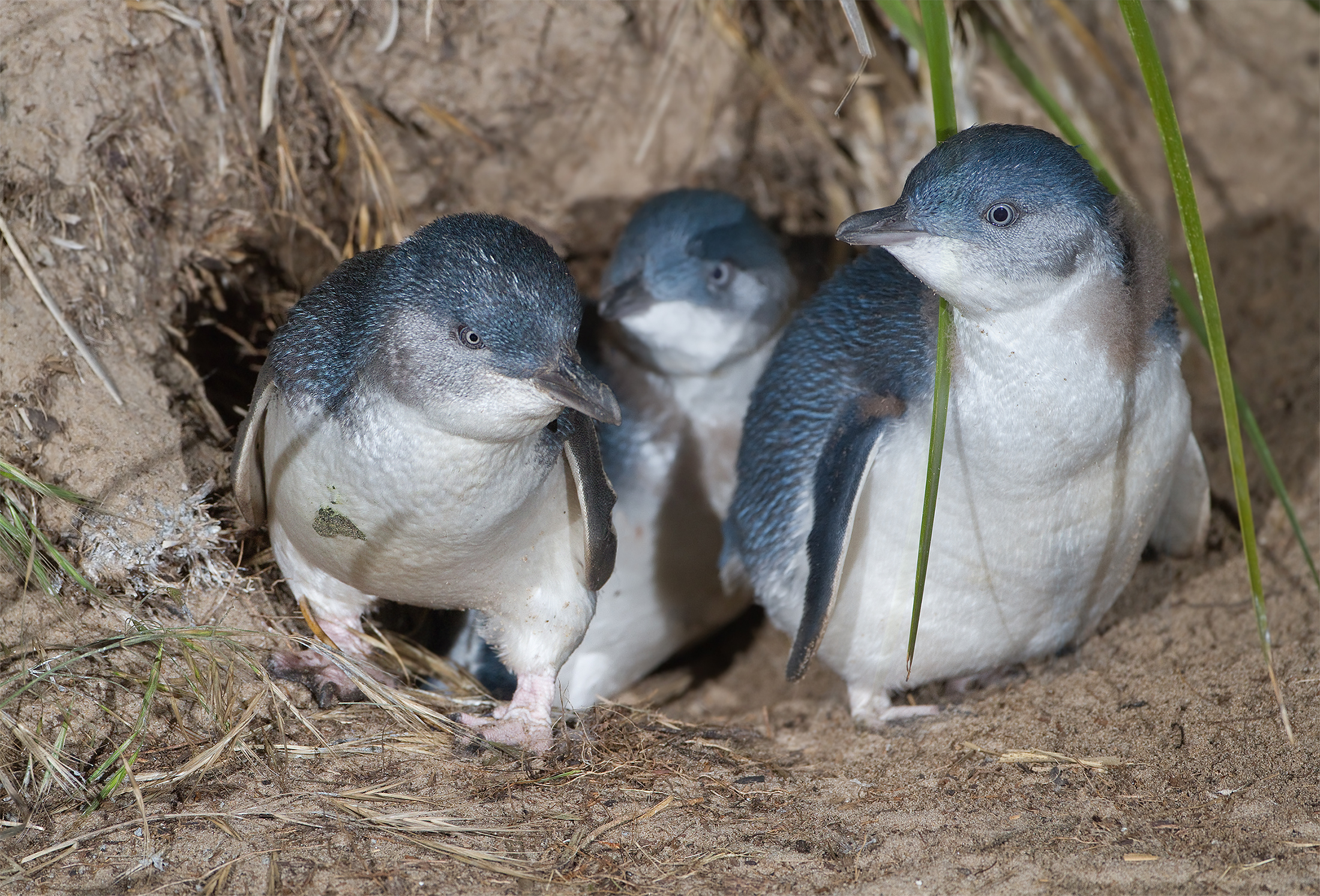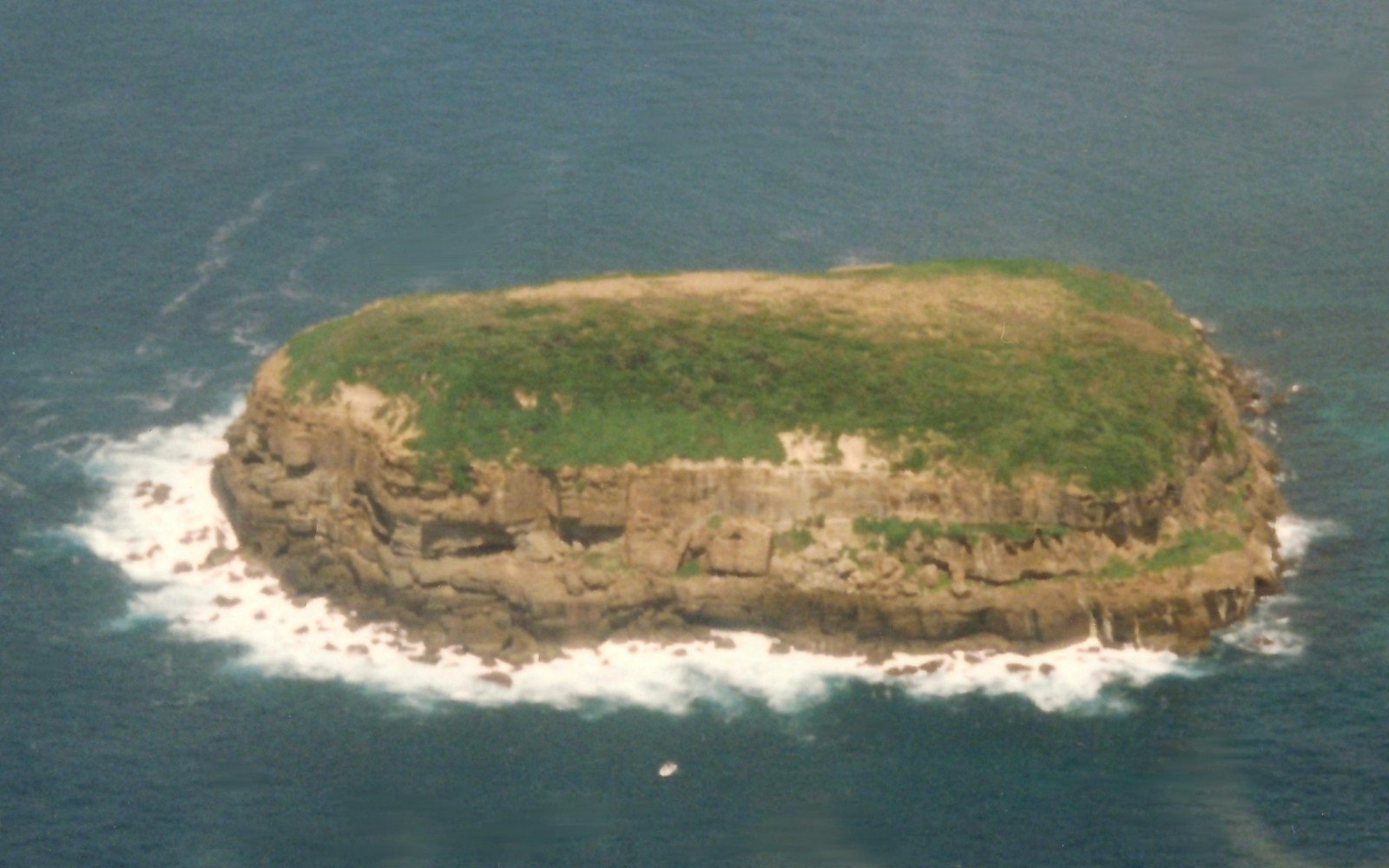|
Goose Island (South Australia)
Goose Island is a small (2 ha), rocky island lying about 550 m from the northern end of the much larger Wardang Island, off the west coast of the Yorke Peninsula, in the Spencer Gulf of South Australia. Rising to a height of 26 m, its vegetation is dominated by African boxthorn on clay and calcarenite soils. The waters surrounding the island are protected in the Goose Island Aquatic Reserve.BirdLife International (2011) Important Bird Areas factsheet: Goose Island (Spencer Gulf). Downloaded from http://www.birdlife.org on 27/06/2011Goose Island Aquatic Reserve ''PIRSA'', Government of South Australia. Retrieved 2014-01-20. The island is leased from the ... [...More Info...] [...Related Items...] OR: [Wikipedia] [Google] [Baidu] |
Spencer Gulf
The Spencer Gulf is the westernmost and larger of two large inlets (the other being Gulf St Vincent) on the southern coast of Australia, in the state of South Australia, facing the Great Australian Bight. It spans from the Cape Catastrophe and Eyre Peninsula in the west to Cape Spencer and Yorke Peninsula in the east. The largest towns on the gulf are Port Lincoln, Whyalla, Port Pirie, and Port Augusta. Smaller towns on the gulf include Tumby Bay, Port Neill, Arno Bay, Cowell, Port Germein, Port Broughton, Wallaroo, Port Hughes, Port Victoria, Port Rickaby, Point Turton, and Corny Point. History The first recorded exploration of the gulf was that of Matthew Flinders in February 1802. Flinders navigated inland from the present location of Port Augusta to within of the termination of the water body. The gulf was named ''Spencer's Gulph'' by Flinders on 20 March 1802, after George John Spencer, the 2nd Earl Spencer. The Baudin expedition visited the gulf after Flind ... [...More Info...] [...Related Items...] OR: [Wikipedia] [Google] [Baidu] |
Introduced Species
An introduced species, alien species, exotic species, adventive species, immigrant species, foreign species, non-indigenous species, or non-native species is a species living outside its native distributional range, but which has arrived there by human activity, directly or indirectly, and either deliberately or accidentally. Non-native species can have various effects on the local ecosystem. Introduced species that become established and spread beyond the place of introduction are considered naturalized. The process of human-caused introduction is distinguished from biological colonization, in which species spread to new areas through "natural" (non-human) means such as storms and rafting. The Latin expression neobiota captures the characteristic that these species are ''new'' biota to their environment in terms of established biological network (e.g. food web) relationships. Neobiota can further be divided into neozoa (also: neozoons, sing. neozoon, i.e. animals) and neophyt ... [...More Info...] [...Related Items...] OR: [Wikipedia] [Google] [Baidu] |
List Of Little Penguin Colonies
This is a list of little penguin colonies notable for their size, location or public profile. It is not exhaustive. Some little penguin (''Eudyptula minor'') colonies are particularly large, well-known, or are tourist attractions; even small colonies in urban areas may attract tours. Little penguins, also known as little blue or fairy penguins, exhibit site fidelity to their breeding colonies and nesting sites over successive years. They live year-round in large or small colonies, with each individual breeding pair forming a burrow, or using caves or crevices between rocks, in which to raise their chicks (of which two are born at a time, usually about two days apart). Although many breed in large, well-defined colonies, the penguins also occur in scattered locations along long stretches of coastline. In New Zealand numerous beaches, bays and coves are host to penguin colonies. Colony sizes may range from thousands to just a few nests, with some penguins ranging into urban areas ... [...More Info...] [...Related Items...] OR: [Wikipedia] [Google] [Baidu] |
List Of Islands Of Australia
This is a list of selected Australian islands grouped by State or Territory. Australia has 8,222 islands within its maritime borders. Largest islands The islands larger than are: * Tasmania (Tas) ; * Melville Island, Northern Territory (NT), ; * Kangaroo Island, South Australia (SA), ; * Groote Eylandt (NT), ; * Bathurst Island (NT), ; * Fraser Island, Queensland (Qld), ; * Flinders Island (Tas), ; * King Island (Tas), ; and * Mornington Island (Qld), . New South Wales * Amherst Island, in Lake Mummuga * Bare Island, near the north headland of Botany Bay * Belowla Island, off Kioloa Beach * Bird Island, located near Budgewoi, east of the Central Coast * Boondelbah Island, at the mouth of Port Stephens * Brisbane Water: ** Pelican Island ** Riley's Island ** St Hubert's Island (largely artificial, created by raising an inter-tidal wetland above high water level) * Broughton Island, located north of Port Stephens * Broulee Island, located off the coast at ... [...More Info...] [...Related Items...] OR: [Wikipedia] [Google] [Baidu] |
Goose Island (other)
__NOTOC__ Goose Island may refer to: Places Australia * Goose Island (South Australia), a small rocky island lying off Wardang Island, west of the Yorke Peninsula **Goose Island Conservation Park, a protected area **Goose Island Aquatic Reserve, a marine protected area * Goose Island (Tasmania), part of the Badger Group of the Furneaux Islands ** Little Goose Island ** Inner Little Goose Island * Two List of islands of Western Australia, D–G, islands in Western Australia **Goose Island, north of Middle Island (Western Australia), Middle Island, south-east of Esperance **Goose Island, off the Nornalup Inlet United States New York State * Goose Island (Bronx, NY), an island in the Hutchinson River in the New York City borough of the Bronx, part of Pelham Bay Park * Goose Island (Long Island Sound), a small, private island and part of the city of New Rochelle, New York * Goose Island, New York, a community in Washington County Other states * Goose Island (Chicago), Illinois * ... [...More Info...] [...Related Items...] OR: [Wikipedia] [Google] [Baidu] |
Eastern Spencer Gulf Marine Park
Eastern may refer to: Transportation *China Eastern Airlines, a current Chinese airline based in Shanghai *Eastern Air, former name of Zambia Skyways *Eastern Air Lines, a defunct American airline that operated from 1926 to 1991 *Eastern Air Lines (2015), an American airline that began operations in 2015 *Eastern Airlines, LLC, previously Dynamic International Airways, a U.S. airline founded in 2010 *Eastern Airways, an English/British regional airline *Eastern Provincial Airways, a defunct Canadian airline that operated from 1949 to 1986 *Eastern Railway (other), various railroads *Eastern Avenue (other), various roads *Eastern Parkway (other), various parkways *Eastern Freeway, Melbourne, Australia *Eastern Freeway Mumbai, Mumbai, India *, a cargo liner in service 1946-65 Education *Eastern University (other) *Eastern College (other) Other uses * Eastern Broadcasting Limited, former name of Maritime Broadcasting System, Canada * ... [...More Info...] [...Related Items...] OR: [Wikipedia] [Google] [Baidu] |
Goose Island Conservation Park
__NOTOC__ Goose Island Conservation Park is a protected area in the Australian state of South Australia, located on Goose Island and other islets in the vicinity of Wardang Island in Spencer Gulf. The constituent islands are located within to in the sector between west and north west of Port Victoria. Land consisting of "Goose Island and White Rock Island, together with the adjacent rocky islands north-west of Goose Island" was declared on 29 September 1966 as "fauna reserves" under the ''Fauna Conservation Act 1965''. The conservation park was proclaimed in 1972 to ‘conserve an offshore breeding and refuge area for sea-birds and the Australian sea lion (''Neophoca cinerea'').’ The conservation park consists of the following islands: Goose Island, Little Goose Island, Seal Rocks and White Rocks located to the immediate north of Wardang Island with Beatrice Rock, Island Point and Rocky Island all located to the east of Wardang Island, and Boat Rock and Bikini Islet ... [...More Info...] [...Related Items...] OR: [Wikipedia] [Google] [Baidu] |
Little Penguin
The little penguin (''Eudyptula minor'') is a species of penguin from New Zealand. They are commonly known as little blue penguins or blue penguins owing to their slate-blue plumage and are also known by their Māori name . The Australian little penguin (''Eudyptula novaehollandiae'') from Australia and the Otago region of New Zealand is considered a separate species by a 2016 study and a 2019 study. Taxonomy The little penguin was first described by German naturalist Johann Reinhold Forster in 1781. Several subspecies are known, but a precise classification of these is still a matter of dispute. The holotypes of the subspecies ''E. m. variabilis'' and ''Eudyptula minor chathamensis'' are in the collection of the Museum of New Zealand Te Papa Tongarewa. The white-flippered penguin (''E. m. albosignata'' or ''E. m. minor morpha albosignata'') is currently considered by most taxonomists to be a colour morph or subspecies of ''Eudyptula minor.'' In 2008, Shirihai treated th ... [...More Info...] [...Related Items...] OR: [Wikipedia] [Google] [Baidu] |
Australian Sea Lion
The Australian sea lion (''Neophoca cinerea''), also known as the Australian sea-lion or Australian sealion, is a species of sea lion that is the only endemic pinniped in Australia. It is currently monotypic in the genus ''Neophoca'', with the extinct Pleistocene New Zealand sea lion ''Neophoca palatina'' the only known congener. With a population estimated at around 14,730 animals, the Wildlife Conservation Act of Western Australia (1950) has listed them as “in need of special protection”. Their Conservation status is listed as endangered. These pinnipeds are specifically known for their abnormal breeding cycles, which are varied between a 5-month breeding cycle and a 17-18 month aseasonal breeding cycle, compared to other pinnipeds which fit into a 12-month reproductive cycle. Females are either silver or fawn with a cream underbelly and males are dark brown with a yellow mane and are bigger than the females. Distribution Australian sea lions are sparsely distributed acro ... [...More Info...] [...Related Items...] OR: [Wikipedia] [Google] [Baidu] |
Tiliqua Rugosa
''Tiliqua rugosa'', most commonly known as the shingleback lizard or bobtail lizard, is a short-tailed, slow-moving species of blue-tongued skink (genus ''Tiliqua'') endemic to Australia. It is commonly known as the shingleback or sleepy lizard. Three of its four recognised subspecies are found in Western Australia, where the ''bobtail'' name is most frequently used. The fourth subspecies, ''T. rugosa asper,'' is the only one native to eastern Australia, where it goes by the common name of the eastern shingleback. Apart from bobtail and shingleback, a variety of other common names are used in different states, including two-headed skink, stumpy-tailed skink, or , pinecone lizard. The Noongar Aboriginal people refer to ''rugosa'' as ''yoorn'' in their language. ''T. rugosa'' has a short, wide, stumpy tail that resembles its head and may serve the purpose of confusing predators. The tail also contains fat reserves, which are drawn upon during brumation in winter, during which ... [...More Info...] [...Related Items...] OR: [Wikipedia] [Google] [Baidu] |
Shrubland
Shrubland, scrubland, scrub, brush, or bush is a plant community characterized by vegetation dominated by shrubs, often also including grasses, herbs, and geophytes. Shrubland may either occur naturally or be the result of human activity. It may be the mature vegetation type in a particular region and remain stable over time, or a transitional community that occurs temporarily as the result of a disturbance, such as fire. A stable state may be maintained by regular natural disturbance such as fire or browsing. Shrubland may be unsuitable for human habitation because of the danger of fire. The term was coined in 1903. Shrubland species generally show a wide range of adaptations to fire, such as heavy seed production, lignotubers, and fire-induced germination. Botanical structural form In botany and ecology a shrub is defined as a much-branched woody plant less than 8 m high and usually with many stems. Tall shrubs are mostly 2–8 m high, small shrubs 1–2 m high and su ... [...More Info...] [...Related Items...] OR: [Wikipedia] [Google] [Baidu] |






